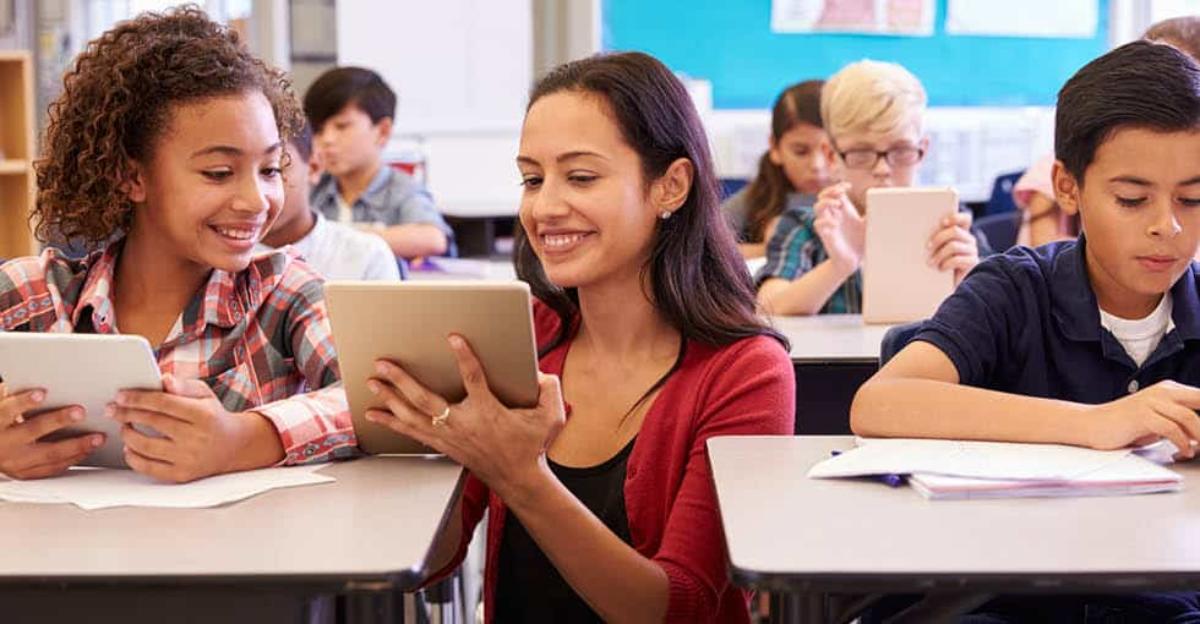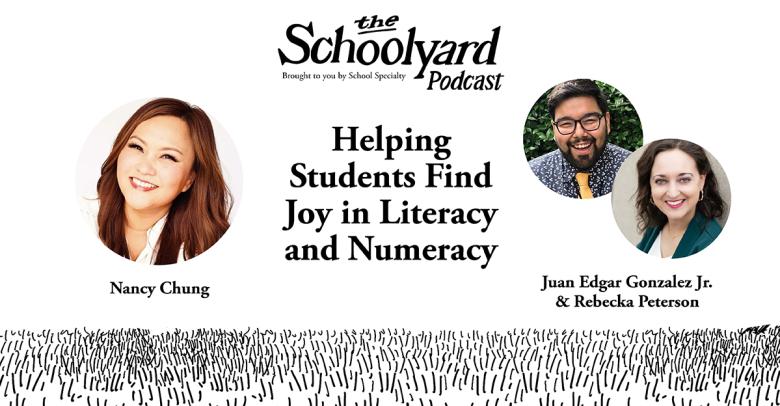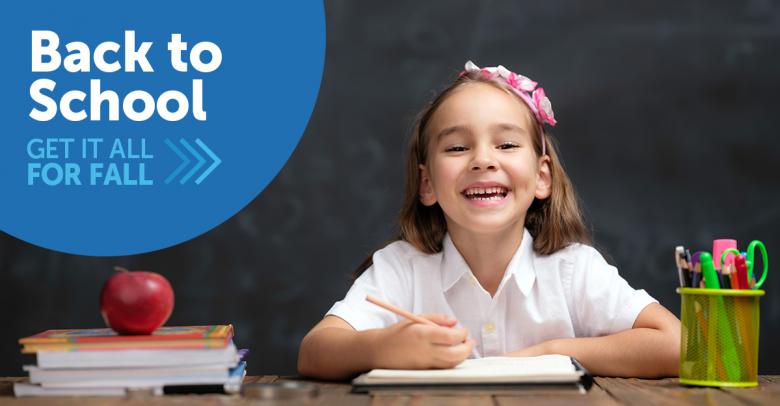Watching reluctant readers struggle to keep up with literacy goals is heartbreaking, and helping individual students catch up is a huge challenge. Each child in your classroom comes to you with a different learning profile and unique challenges to overcome. One may have behavioral issues, another could be diagnosed with dyslexia, and still others struggle with ADHD (official or suspected). To help every student make gains in fluency, try varying your lessons with a multisensory approach that will keep everyone engaged and allow students to access information in their own ways.
Why Multisensory Learning Works
The human brain evolved to navigate a complex natural world, and hunter-gatherers needed all five senses to survive. It wasn’t enough to just be on the lookout for prey (and predators!); they had to use their senses of hearing and smell to get what they needed from the environment. They were also highly physical, and kinesthetic information gained by manipulating items in the environment was crucial.
Fast forward to present day, and our brains are still wired to gather information from all five senses. In fact, doing so allows the brain to create multiple neural pathways, strengthening those connections and the processing speed of young brains. When you engage your students with more than just visual and auditory cues while reading, you can help wire their brains for better retention and comprehension.
Research-Proven Intervention Programs for Struggling Readers
Kinesthetic Learning as Multisensory
Reading naturally engages students visually as they scan letters and pictures to create meaning. They also get a good dose of auditory learning when reading aloud or listening to a story. Unfortunately, movement is often neglected in favor of asking young students to sit still and focus.
Recent studies show, though, that many students with ADHD and other executive functioning disorders have brains that are wired to organize information when they are moving their bodies. It turns out that asking these students to sit still actually hinders their ability to concentrate and, ultimately, to learn. While many students learn well with still bodies, others desperately need a dose of motion in their lessons to absorb the material.
Adding Movement to Learning Math
Adding Movement to Structured Literacy Lessons
For students who you suspect need to fidget, provide quiet ways for them to move while remaining engaged in reading intervention and literacy lessons. Therapy bands strung across chair legs allow for silent kicking, while swapping out a traditional chair for a yoga ball is perfect for students who like to move their core. For direct instruction, EPS Literacy and Intervention has a variety of multisensory reading intervention programs for your non-readers and struggling readers.
See More on How EPS Helps Struggling Readers






Leave a Reply